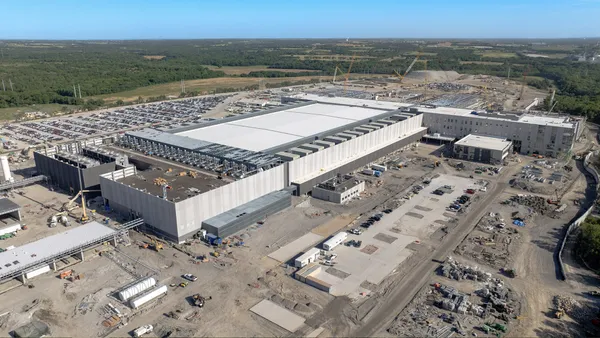On Feb 2., a worker who fell 40 feet down an elevator shaft at the $3.6 billion Salt Lake City International Airport redevelopment project a few days earlier succumbed to his injuries and died. He was reportedly an employee of the joint venture contractor hired to oversee construction. OSHA has opened cases with both JV partners, Holder Construction and Big-D.
While the number of total elevator-related deaths among construction and maintenance workers is relatively small when compared to total construction fatalities, the rate of such deaths doubled from 2003 to 2016, from 14 to 28, with a peak of 37 in 2015, according to a report from The Center for Construction Research and Training (CPWR). However, falls are the cause of most elevator-related fatalities, just like in the construction industry at large. More than 53% of elevator-related deaths were from falls, and of those incidents, almost 48% were from heights of more than 30 feet.
But falls aren’t the only culprits. Workers in the construction industry die from elevator-related caught-in, compressed-by and struck-by injuries, as well as from electrocutions. Those who are building or dismantling elevator systems are the most likely to suffer a fatal incident, followed by those operating heavy equipment or performing repair and maintenance. Elevator installers also had the highest rate of fatalities among building professionals — even more than ironworkers and roofers.
Interestingly, the highest percentage of elevator-related fatalities were among those younger than 35 years of age, and the lowest was for workers 55 years of age or older. It could be that there were simply more younger workers on the jobs where the fatalities occurred, but this could also be a result of a lack of adequate training and inexperience on the part of younger workers. This is backed up by another CPWR analysis that revealed that individuals who have been working in the industry for fewer than three months account for almost a third of elevator-related fatalities.
There were also a significant number of elevator-related construction injuries from 2003 to 2016 — 1,800 in total. This group of workers was headed up by electricians, who sustained 700 injuries during that time period. The average recovery time for almost half of these workers was 31 days or more. Like fatalities, the youngest and newest workers were most likely to sustain injuries.
The good news is that, according to CPWR, most of these types of injuries and deaths can be prevented with adequate jobsite safeguards and procedures.
Since falls account for most fatalities, fall protection measures and fall arrest systems should be a priority on any construction site with an elevator. Another way to prevent falls is to mark clearly and control access to open shafts. It’s important that contractors designate a safety monitor who can check on employees to ensure they’re using the necessary personal protective equipment and who can ensure proper physical safeguards in the areas around elevator shafts.
Other procedures recommended by the National Institute for Occupational Safety and Health and contained in the CPWR report are:
- Provide safety training to all employees, with a special emphasis for those who are exposed to fall hazards.
- Have medical personnel or, at the very least, first aid available on site.
- Conduct a job safety analysis and develop a safety checklist.
While elevator-related deaths are tragic, they’re preventable, so proper training and reasonable safety measures can go a long way in keeping those workers safe.













